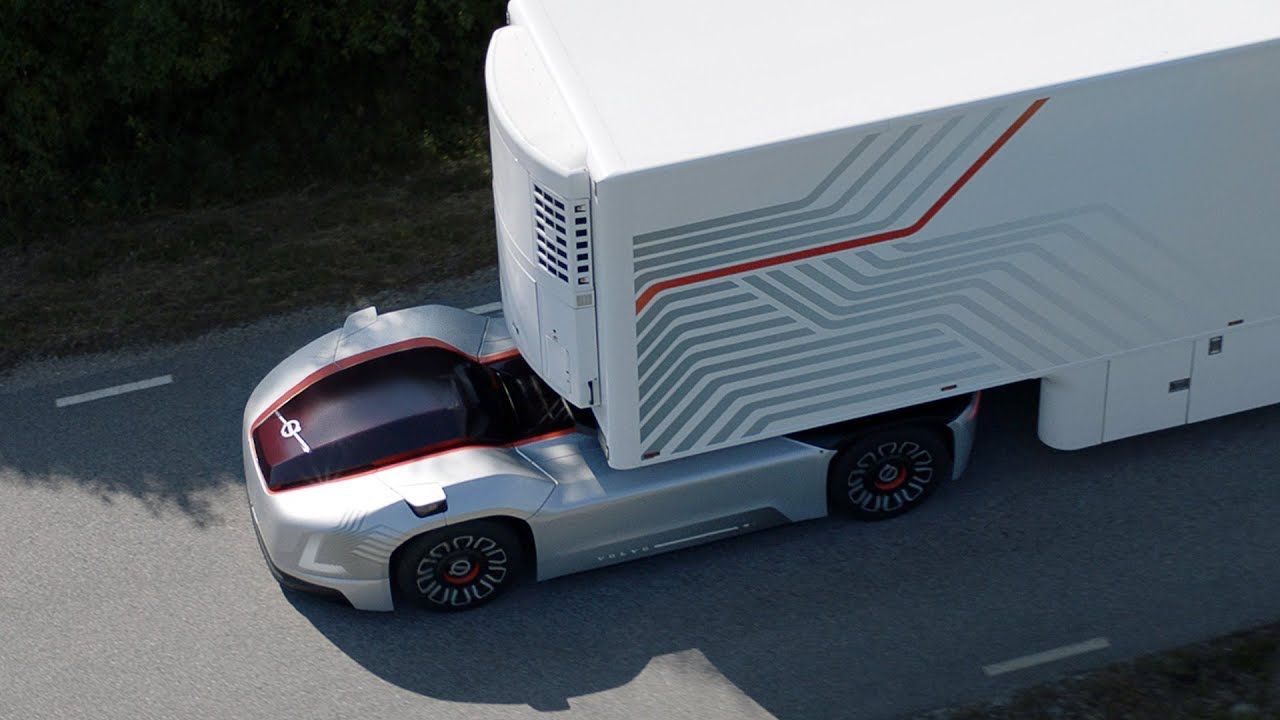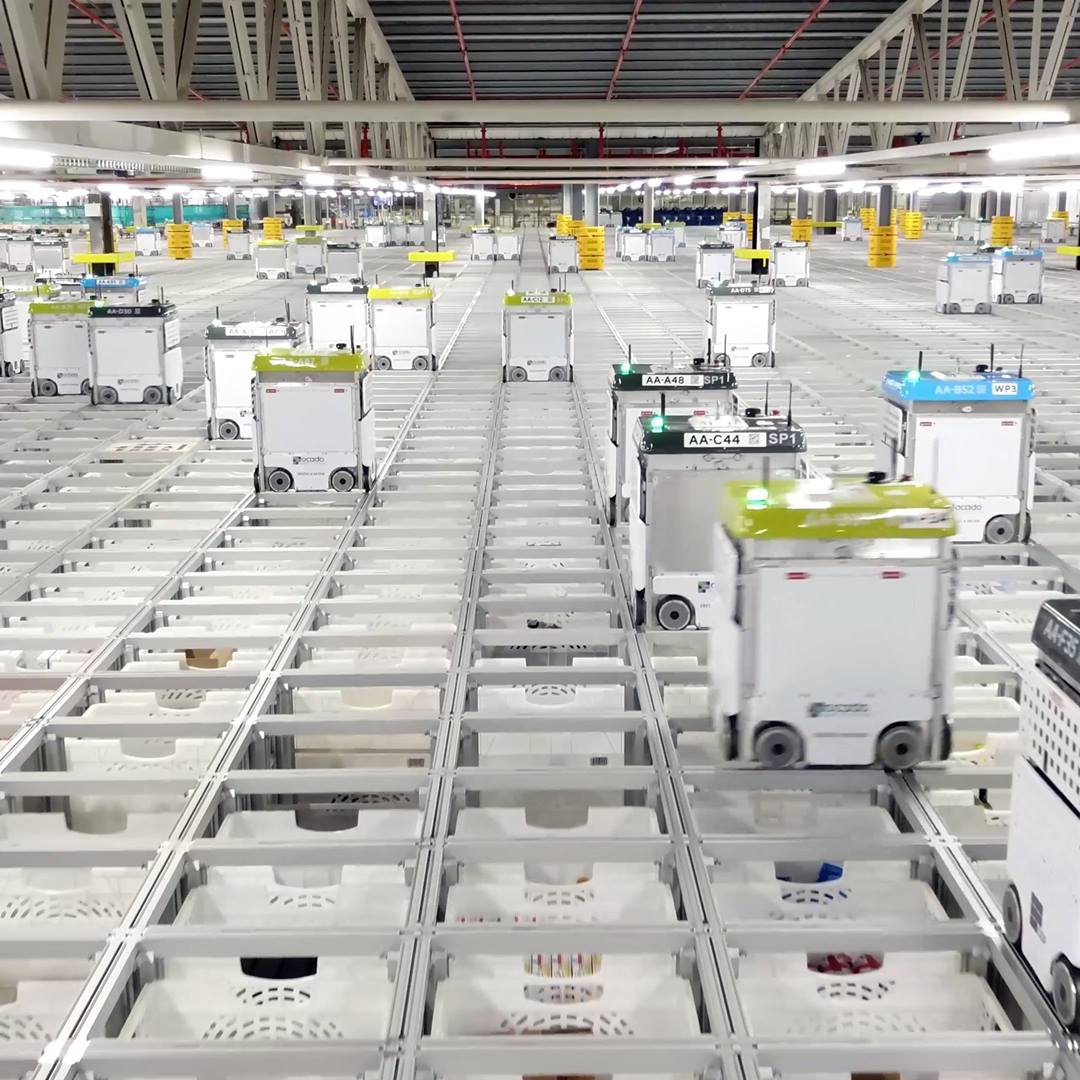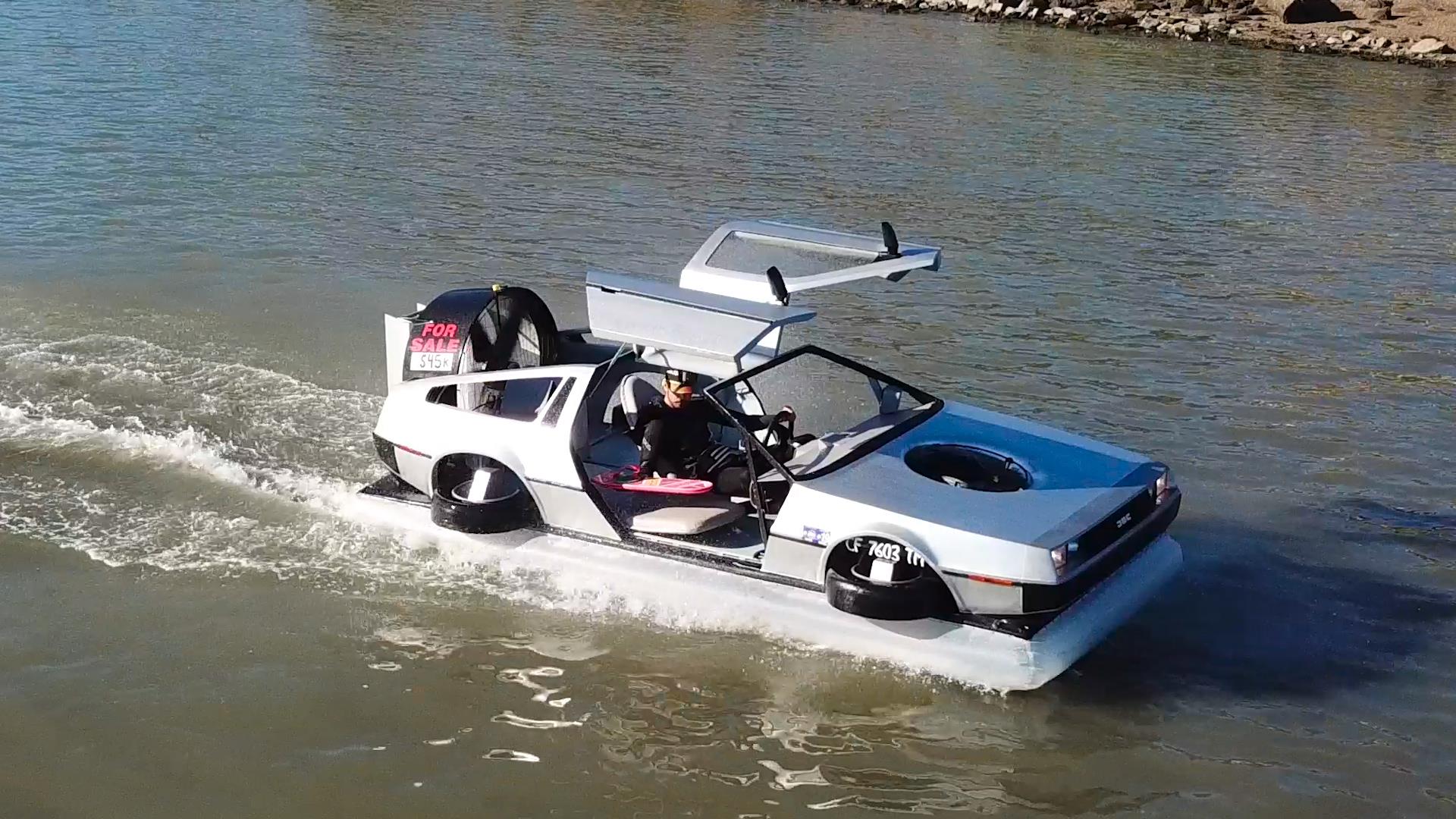A gold medal for innovation.




Vera, as the technology’s been dubbed, was unveiled in September, and consists of a sort of flat-Tesla-like electric car with a standard trailer hookup. The vehicles are connected to a cloud service, which also connects them to each other and to a control center. The control center monitors the trucks’ positioning (they’re designed to locate their position to within centimeters), battery charge, load content, service requirements, and other variables. The driveline and battery pack used in the cars are the same as those Volvo uses in its existing electric trucks.
You won’t see these cruising down an interstate highway, though, or even down a local highway. Vera trucks are designed to be used on short, repetitive routes contained within limited areas—think shipping ports, industrial parks, or logistics hubs. They’re limited to slower speeds than normal cars or trucks, and will be able to operate 24/7. “We will see much higher delivery precision, as well as improved flexibility and productivity,” said Mikael Karlsson, VP of Autonomous Solutions at Volvo Trucks. “Today’s operations are often designed according to standard daytime work hours, but a solution like Vera opens up the possibility of continuous round-the-clock operation and a more optimal flow. This in turn can minimize stock piles and increase overall productivity.”
The trucks are sort of like bigger versions of Amazon’s Kiva robots, which scoot around the aisles of warehouses and fulfillment centers moving pallets between shelves and fetching goods to be shipped.

A peroxide scavenger nanoparticle reduces systemic inflammation in mouse models.
With 19 million cases per year worldwide, sepsis is one of the most life-threatening conditions in the intensive care unit. However, to date, there is no specific and effective treatment. Oxidative stress has been shown to play a major role in sepsis pathogenesis by altering the systemic immune response to infections, which, in turn, may lead to multiorgan dysfunction and cognitive impairment. Here, Rajendrakumar et al. developed a nanoparticle-based peroxide scavenger treatment for reducing oxidative stress during sepsis.
To produce the nanoassembly, the authors first developed a water-soluble nanoparticle core containing an active peroxide scavenger and a protein that stabilizes the scavenger and improves its biocompatibility. The nanoparticle core was then coated with a polymer material conjugated with mannose to help the final nanoassembly target inflammatory immune cells through the mannose receptor on the immune cell surfaces. The authors first confirmed in cell cultures that the nanoassembly can selectively reduce hydrogen peroxide–mediated free radical production with minimal toxicity. In cultures, immune cells demonstrated enhanced intracellular uptake of the particles and reduced production of inflammatory markers during activation. To demonstrate the therapeutic efficacy in vivo, the authors carried out three sets of animal studies. In the first set, the nanoassembly was shown to reduce locally induced tissue inflammation and prevent inflammatory immune cell infiltration.



Governments are one of the last strongholds of an undigitized, linear sector of humanity, and they are falling behind fast. Apart from their struggle to keep up with private sector digitization, federal governments are in a crisis of trust.
At almost a 60-year low, only 18 percent of Americans reported that they could trust their government “always” or “most of the time” in a recent Pew survey. And the US is not alone. The Edelman Trust Barometer revealed last year that 41 percent of the world population distrust their nations’ governments.
In many cases, the private sector—particularly tech—is driving greater progress in regulation-targeted issues like climate change than state leaders. And as decentralized systems, digital disruption, and private sector leadership take the world by storm, traditional forms of government are beginning to fear irrelevance. However, the fight for exponential governance is not a lost battle.

A magnitude 6.7 earthquake struck an area 175 miles northwest of the Kurile islands off Russia in the northwest Pacific on Saturday, the U.S. Geological Survey said.
There was no immediate tsunami warning or any reports of any damage or casualties resulting from the quake, which the USGS said had occurred at a depth of 292 miles.

